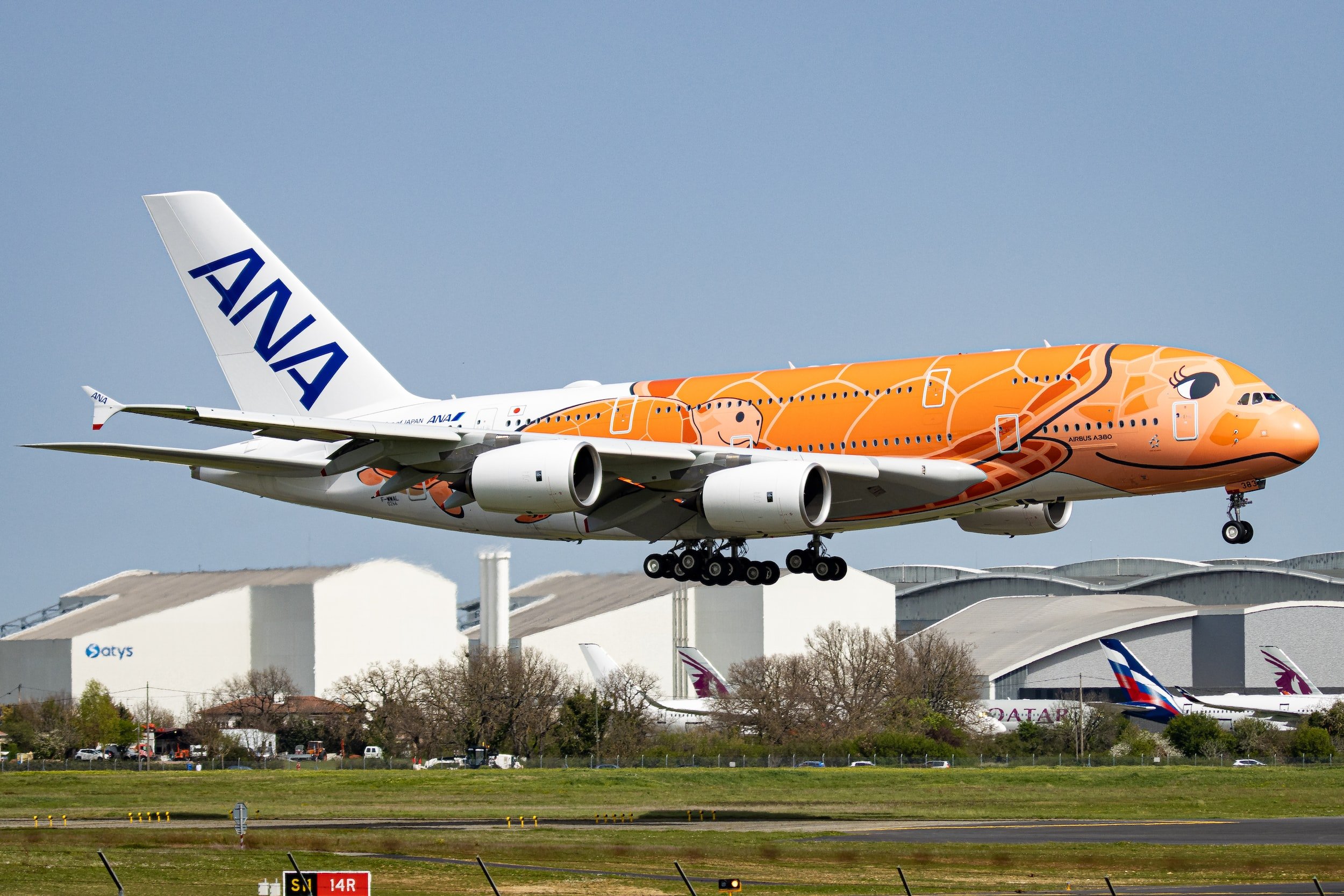Virgin Atlantic joins SkyTeam - what could be the negative ramifications
I wrote on Tuesday about the background to Virgin Atlantic joining SkyTeam and the potential benefits you may receive from becoming a member. That being said, it may not all be rosy - here’s how.
Virgin Atlantic has an existing, eclectic mix of current partners
In my previous article, I discussed the remnants of the partnership between Virgin Atlantic and Singapore Airlines which is only one of the current arrangements Virgin has in existence. Prior to joining SkyTeam, Virgin Atlantic has 11 existing partnerships of varying forms, these include:
SkyTeam (earn, redeem and reciprocal status benefits): Delta, Air France, and KLM
Star Alliance (earn only): SAS Scandinavian Airlines,
Star Alliance (earn and redeem): ANA All Nippon Airways, South African Airways
Star Alliance (earn, redeem and reciprocal status benefits): Singapore Airlines, Air New Zealand
IndiGo (earn only)
Virgin Australia (earn and redeem)
The benefits and opportunities vary hugely between partners - with the current set of partners having more Star Alliance members than SkyTeam.
What if…?
This article is hypothetical but there’s a few things that could happen. I published an article a few weeks ago about how Virgin Points redeemed via Flying Club on ANA is the best and most effective redemptions across the whole industry. While Virgin Atlantic hasn’t said this relationship will end, we can assume it will at least be evaluated considering a regional competitor in Korean Air will come on-board.
This could have one of three options:
Ending the ANA relationship completely
Increasing redemption costs on ANA to match SkyTeam award costs
Everything stays the same
The final one feels unlikely due to the excellent value offered and a lack of redemption devaluation in recent years. However, the jury is out on whether we will see ANA and Virgin, as well as the other Star Alliance partners, break up or just adapt to the new situation.
If I am being an optimist, there is a chance that the Star Alliance relationships will continue because of the evolving way airlines are working with alliances. Increasingly, airlines which are part of alliances are opting to also work with airlines from the outside. Examples include:
Qatar Airways (oneworld) working with Air Canada (Star Alliance) and Virgin Australia (non-aligned) who also partners with Etihad Airways (non-aligned) but a regional competitor to Qatar.
Singapore Airlines (Star Alliance) working closely with Malaysia Airlines (oneworld) and Garuda Indonesia (SkyTeam).
Qantas (oneworld) joint business from the UK and Europe to Australia with Emirates (non-aligned).
The alliance world is certainly on its head, particularly following the pandemic, but that doesn’t mean there is no value in alliances. For example, Oman Air’s CCO Paul Starrs is quoted in 2018 by Simply Flying as saying:
"A small carrier in a global alliance is really unheard of. I believe the future is more about JVs and partners, getting other assets such as frequent flyer programs and lounge access,”
Yet in 2024, Oman Air plans to join the oneworld alliance supported by Qatar Airways.
Times change and partnerships of airlines do too. For Virgin Atlantic, I suspect that the existing relationships will stay around for a few years to come but more emphasis will be placed on SkyTeam. I particularly expect that Virgin will work closer with those who are partially owned by one of their parent companies, Delta, including Korean Air and LATAM (who left oneworld but could feasibly join SkyTeam too).
What about IndiGo and Virgin Australia?
I am not slightly concerned about the IndiGo or Virgin Australia relationships. The former was only formed in August 2022 and is a basic codeshare arrangement whereby Virgin can sell connecting itineraries with Indigo to and from their flights at Mumbai and Delhi. This also covers connecting journeys at Heathrow onwards to the US. The arrangement provides an effortless way to connect across the subcontinent and earn a minimal amount of Virgin Points in the process.
Likewise, it feels unlikely that Virgin Australia would stop cooperation with Virgin Atlantic. While Virgin Group owns just 5% of Virgin Australia, it would feel unlikely that the relationship would end while Virgin Group still has an interest in the airline.
Conclusion
One hopes that Virgin Atlantic’s growing range of partners, consisting of old friends and their new fellow SkyTeam members, can sit beside each other. We may see some alteration to their existing partnerships, but I feel confident that Virgin will maintain them even as new ones come on-board. If you are slightly concerned that this may not be the case, I’d advise you to take advantage of the cheap ANA redemptions as soon as possible before they are removed completely or repriced. This may be the end of the road for one of the best value redemptions on the market.





